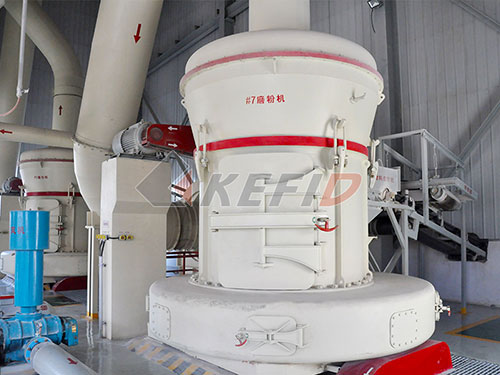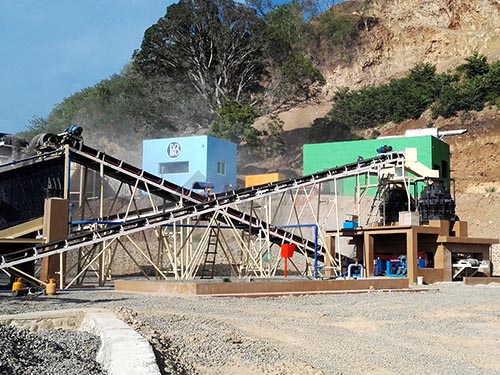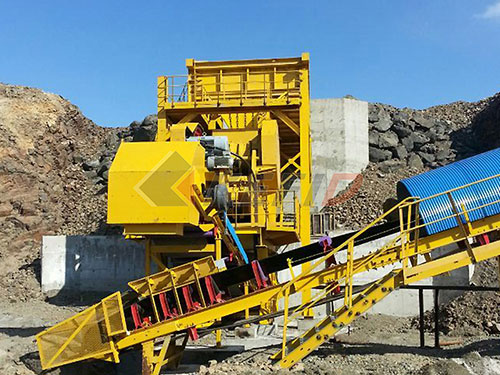Cone Crusher Safety: Non-Negotiable Practices for Protecting Personnel
Cone crushers are powerful machines essential for reducing large rocks into smaller aggregates. Their efficiency, however, comes with inherent risks. Rotating components, high inertia, potential blockages, and the sheer mass of material and machinery create significant hazards. Prioritizing safety isn’t just regulatory compliance; it’s fundamental to protecting lives and ensuring sustainable operations. This article outlines critical safety practices for anyone working with or around cone crushers.
Understanding the Core Hazards

1. Entanglement & Crushing: The mantle gyrates within the concave liner. Any contact with this moving assembly during operation can cause severe injury or death.
2. Flying Objects & Ejected Material: Uncrushable material (“tramp metal”), unexpected rock breakage, or material buildup suddenly releasing can be violently ejected from the crushing chamber.
3. Slips, Trips, and Falls: Oil spills, water leaks, loose aggregate buildup on walkways, stairs, and platforms create constant fall hazards.
4. Electrical Hazards: High-voltage components require strict lockout procedures during maintenance.
5. Noise & Dust: Prolonged exposure to high noise levels causes hearing loss. Airborne dust poses respiratory risks (silicosis) and potential visibility issues.
6. Stored Energy: Hydraulic systems and accumulators hold significant energy that must be safely released before maintenance.
7. Manual Handling Injuries: Lifting heavy parts (liners, tools) incorrectly leads to musculoskeletal injuries.

Essential Safety Protocols: A Framework for Protection
1. Lockout/Tagout (LOTO): The Golden Rule
Absolute Requirement: Before ANY inspection, clearing a blockage, adjustment, maintenance (even seemingly minor tasks like lubrication near moving parts), or repair work commences on the cone crusher or associated equipment (feeders, conveyors), LOTO procedures MUST be followed meticulously.
Scope: Isolate all energy sources: Electrical power (main breaker), hydraulic power (release pressure!), potential energy from raised components.
Verification: Positively verify isolation using appropriate testing equipment before starting work. Treat stored energy in hydraulic lines and accumulators with extreme caution – follow manufacturer procedures for safe depressurization.
2. Personal Protective Equipment (PPE): Your Last Line of Defense
Mandatory Basics: Hard hat, safety glasses

Leave a Reply